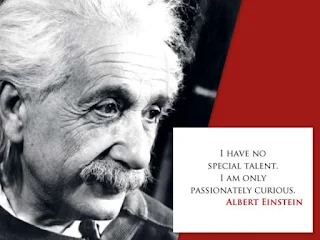Qualities of Effective Leadership
This article looks at the qualities of leaders that make them effective as put forward by different authors.
Author
|
Qualities of Effective Leadership
|
Ancona, D., et al. (2008)
|
Sense making: constantly understanding changes in the business environment and interpreting their ramifications
Relating: Building trusting relationships; balancing advocacy, inquiry with listening; develops a network of confidants
Visioning: creating credible and compelling images for the agency’s future direction
Inventing: creating new ways of thinking and approaching tasks
|
Bennis and Thomas
(2002)
|
Engage others in shared meaning
A distinctive, compelling voice
Integrity
Adaptive capacity—an ability to grasp context and make course corrections
|
Collins, J. (2001)
|
Disciplined People: leaders focus on the ―who‖ before the ―what aligning personnel with agency vision
Disciplined Thought: able to take complexities and boil them down into simple, yet profound ideas (Hedgehog concept)
Disciplined Action: unyielding discipline to stop doing anything and everything that doesn’t fit tightly with the vision
|
Drucker, P. (2004)
|
Ask what needs to be done
Ask what’s right for the enterprise
Develops action plans
Takes responsibility for decision making
Takes responsibility for communicating
Focuses on opportunities not problems
Runs productive meetings
Think and say ―"We" not ―"I"
|
Goleman, D. (2010)
|
Self-awareness: knowing one’s emotions, strengths, weaknesses, drives, values, goals
Self-regulation: controlling or redirecting disruptive behavior
Motivation: being driven by achievement
Empathy: considering others’ feelings when making decisions
Social Skill: managing relationships to move people in desired directions
|
Heifetz and Lauire (2002)
|
Direction: define problems and provide solutions
Protection: Shield the organization from external threats
Orientation: clarify roles and responsibilities
Managing Conflict: let conflict emerge but then restore order
Shaping Norms: challenge unproductive norms and reinforce positive norms
|
Kotter, J. (2001)
|
Sets a direction: results in visions and the overarching strategies for realizing them
Aligns people: involves looking for the right fit between people and the vision and then aligning those people with the right job.
Motivate and inspire: through high energy and charisma attempts to stir a sense of belonging and self-esteem
|
In conclusion, we explored what it really means to be a leader from the perspective of leadership authorities. What is clear from the above is that leadership is multifaceted and so I dare say there is no such thing as a complete leader.
Every leader is a work in progress; the moment you stop learning as a leader, you stop growing. And once growth stops, leadership dies.
Relationship Between Styles Of Leadership And Quality Of Employee Work Life
You Might Also Like:
Relationship Between Styles Of Leadership And Quality Of Employee Work Life
References
Ancona, D. et al. (2008). In Praise of the Incomplete Leader. Harvard Business School Publication Corporation.
Bennis, W. & Thomas, R. (2002). Crucibles of Leadership. Harvard Business School Publishing Company.
Collins, J. (2001). Good to Great: Why Some Companies Make the Leap and Other Don’t. New York: Harper Collins.
Drucker, P. (2004). What Makes an Executive Effective? Harvard Business School Publishing Corporation.
Goleman, D. (2010). What Makes a Leader? Harvard Business School Publishing Corporation.
Heifetz, R. and Laurie, D. (2002). The Work of Leadership. Harvard Business School Publishing Corporation.
Kotter, J. (2001). What Leaders Really Do. Harvard Business Review.


.webp)








No comments: